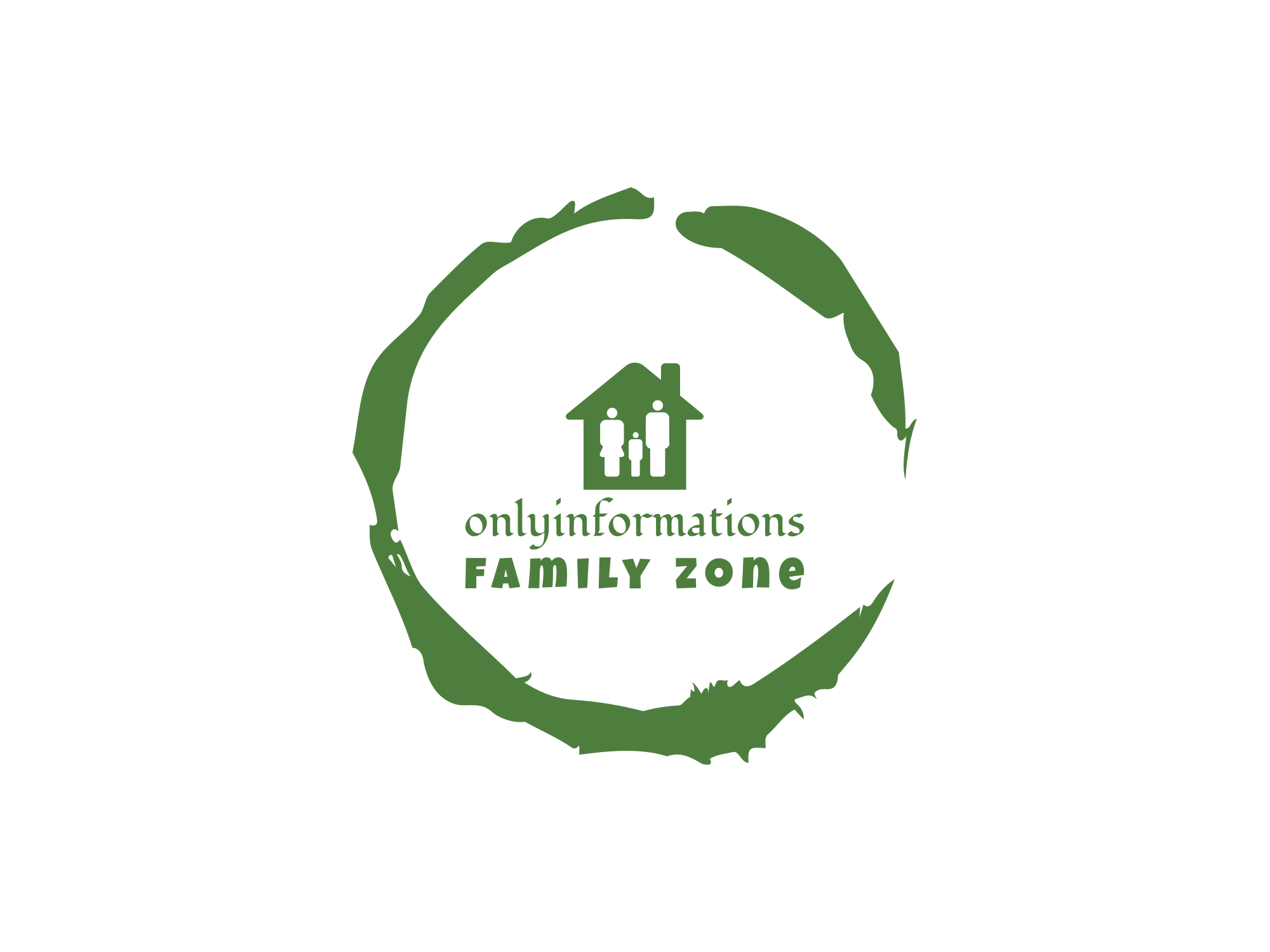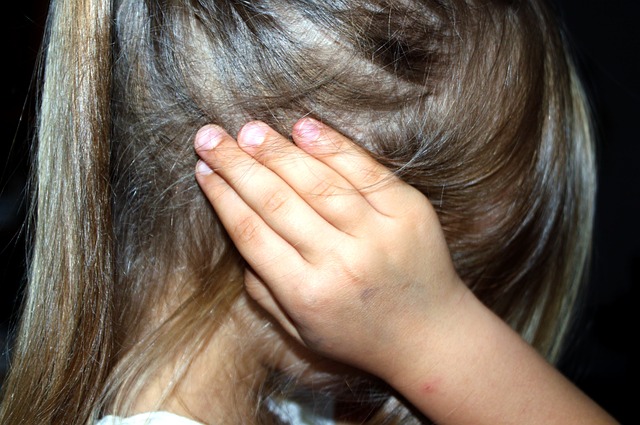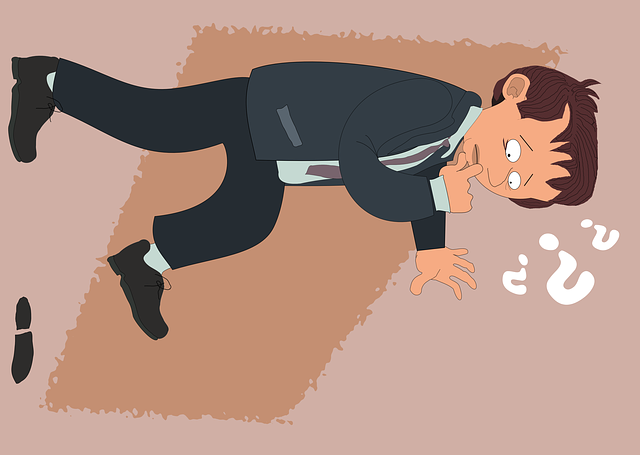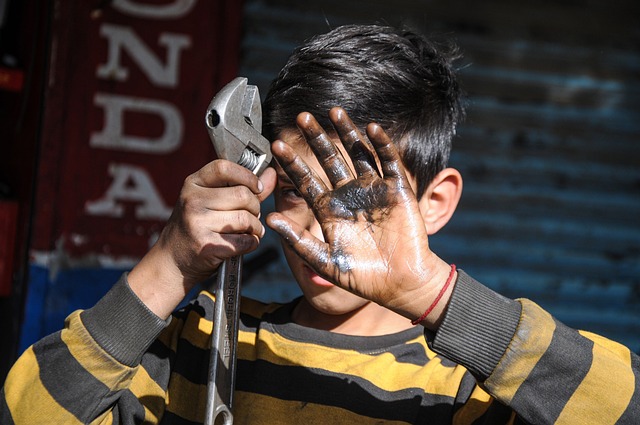What Is Child Endangerment
Understanding Child Endangerment: Protecting Our Most Vulnerable
This serious issue affects the well-being and safety of our nation’s children. Additionally, individuals and communities must understand the concept of child endangerment and its implications. Also, specific measures can be taken to protect children from harm. This blog article aims to shed light on child endangerment, its definition, signs, legal considerations, and how communities can safeguard children.
Definition of Child Endangerment:
- The specific terms refer to actions or conditions that place a child at risk of physical, emotional, or psychological harm.
- The specific legal definition may vary by jurisdiction. Still, generally, it involves knowingly or recklessly subjecting a child to conditions that could reasonably be expected to cause harm or impair their health or well-being.
Identifying Signs
- Physical indicators of child abuse or neglect
- Behavioral signs that may indicate a child is victimized
- Emotional and psychological signs of it
- The importance of vigilant observation and reporting suspicions of child endangerment
Legal Aspects
- Laws and regulations concerning the subject at the federal and state levels
- Differentiating between civil and criminal charges related to child endangerment
- Legal Penalties and Consequences for Individuals Found Guilty Involving in it
Reporting Child Endangerment:
- The role of mandatory reporters, including teachers, healthcare professionals, and social workers
- The process of reporting child endangerment to the appropriate authorities
- Resources and hotlines are available for reporting anonymously as well.
Preventing Child Endangerment:
- Education and awareness programs for parents, caregivers, and community members
- Building support networks within communities to help prevent child endangerment
- Providing accessible resources and support services for families in need
- Collaboration with local organizations, schools, and law enforcement to create safe environments for children
Certainly, the Protection of children from any kind of abuse is a collective responsibility that requires awareness, education, and action from individuals and communities. By understanding the signs of child endangerment, knowing how to report suspicions, and fostering a supportive and protective environment, we can work together to ensure the safety and well-being of our nation’s most vulnerable members.

When does a messy house become child endangerment?
Understanding the Line
Maintaining a clean and safe environment for children is crucial to ensure their well-being. However, the line between a messy house and child endangerment can be subjective and dependent on various factors. This section of the blog article explores the considerations that help determine when a messy house crosses the threshold into child endangerment, highlighting the importance of assessing the level of risk and potential harm to children.
Assessing Health and Safety Risks:
- The primary factor in determining when a messy house becomes child endangerment is the level of risk posed to the child’s health and safety.
- Factors to consider include hazardous materials, sharp objects, exposed electrical wires, unsanitary conditions, excessive clutter blocking exits, or infestations that may compromise the child’s well-being.
Impact on Basic Necessities:
- The house’s condition should be evaluated regarding its impact on the child’s access to necessities.
- A messy house may become child endangerment if it compromises the child’s ability to obtain clean clothes, proper nutrition, adequate sleep, or access to necessary medical care is more important.
Neglect and Emotional Well-being:
- This can extend beyond physical harm to emotional and psychological well-being.
- A consistently messy and disorganized living environment may lead to neglect, causing emotional distress, anxiety, or feelings of instability in children.
Duration and Severity:
- The duration and severity of the muddy conditions are important factors in determining child endangerment.
- A one-time occurrence of a messy house due to extenuating circumstances may not necessarily constitute endangerment, while chronic neglect of the living environment can pose significant risks.
Intervention and Support:
- If concerns arise regarding a child’s living conditions, it is crucial to consider intervention and support mechanisms rather than immediate accusations of endangerment.
- Contacting appropriate authorities or child protective services can initiate an assessment of the situation and facilitate access to support services to help address the underlying issues.
Determining when a messy house crosses the line into child endangerment requires careful consideration of the level of risk, potential harm, and impact on the child’s well-being. While a messy house alone may not automatically constitute child endangerment, assessing the specific circumstances, including health and safety risks, impact on necessities, and emotional well-being is essential. So If concerns arise, seeking appropriate intervention and support services can help address the underlying issues and ensure the child’s safety and well-being are prioritized.
What Is the first offence of child endangerment law
Understanding Consequences and Legal Considerations
A first offence of child endangerment is a serious matter with legal implications and potential consequences. As long as Understanding the legal framework surrounding a first offence of child endangerment is essential for individuals facing such charges. This article provides an overview of the legal considerations, potential penalties, and steps to navigate a first offence of child endangerment law.
Legal Definition of Child Endangerment:
- Child endangerment generally refers to actions or omissions that put a child at risk of harm or neglect.
- The specific legal definition of child endangerment may vary depending on the jurisdiction. Still, it typically involves knowingly or recklessly causing or permitting a child to suffer physical or mental harm.
Elements Required for a First Offense:
- The exact elements required to establish a first offence of child endangerment depend on the specific jurisdiction’s laws.
- Typically, the prosecution must prove that the defendant had custody or care of a child, knowingly endangered the child’s safety or health, and acted in a manner likely to cause harm or injury to the child.
Penalties for a First Offense:
- Penalties for a first offence of child abuse can vary based on the jurisdiction, circumstances of the case, and the defendant’s criminal history.
- Potential consequences may include probation, fines, mandatory counselling or parenting classes, community service, or a period of incarceration.
- The severity of the offence, such as the level of harm or risk involved, may also influence the penalties imposed.
Legal Defense Strategies:
- When facing a first offence of such type of charge, it is crucial to consult with an experienced criminal defence attorney who can evaluate the case’s specific circumstances and develop an appropriate defence strategy.
- Common defence strategies may include challenging the evidence presented by the prosecution, demonstrating a lack of intent or knowledge, asserting false allegations, or highlighting any mitigating factors.
Rehabilitation and Support in Child Endangerment
- Courts may consider rehabilitation and support options for individuals charged with child endangerment as part of the sentencing process.
- Engaging in counselling, therapy, or parenting programs may demonstrate a commitment to personal growth and the child’s well-being, potentially influencing the court’s decision regarding penalties.
Long-Term Consequences and Impact:
- A first offence of child endangerment can have significant long-term consequences beyond immediate legal penalties.
- Convictions for child endangerment can impact employment prospects, professional licenses, custody arrangements, and one’s reputation within the community.
- It is crucial to work closely with legal counsel to understand the potential collateral consequences and develop mitigation strategies.
However, a first offence of child endangerment carries legal consequences that can impact multiple aspects of an individual’s life. As long as, Understanding the legal framework, potential penalties, and available defence strategies is essential for anyone facing such charges. Eventually, Consulting with an experienced criminal defence attorney will provide guidance and support throughout the legal process, working towards the best possible outcome and protecting one’s rights. Additionally, pursuing rehabilitation and support options can demonstrate a commitment to personal growth and the child’s well-being.
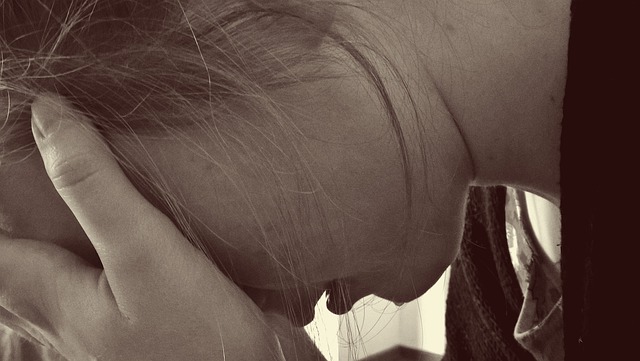
How to report child endangerment?
When you suspect or witness child abuse, taking immediate action and reporting it to the appropriate authorities is crucial. So far, Reporting child endangerment is a responsibility we all share to protect the well-being and safety of children. Therefore, The informational article provides a guide on reporting child endangerment effectively, ensuring that your concerns are addressed, and necessary intervention is provided.
Recognizing Signs of Child Endangerment
- Familiarize yourself with the common signs and indicators of child endangerment, including physical abuse, neglect, emotional distress, or unsafe living conditions.
- Pay attention to unusual behaviour, unexplained injuries, changes in a child’s demeanour, or repeated incidents that raise concerns about their well-being.
Document Relevant Information:
- Gather as much information as possible before making a report. This includes the child’s name, age, address, and pertinent details about the alleged abuse.
- Document dates, times, and descriptions of incidents or observations that support your suspicions. It is essential to be as specific and factual as possible to assist authorities in their investigation.
Choose the Appropriate Reporting Channel:
- In cases of immediate danger or emergencies, call 911 or your local emergency hotline.
- If the situation does not require immediate intervention but still raises concerns, contact your local child protective services agency. Each state in the United States has its agency responsible for child welfare. Look up the contact information for your state’s agency online or in your local directory.
Provide a Clear and Detailed Report:
- When reporting these types of charges, clearly state your concerns, providing specific and objective information.
- Describe the incidents or observations that led you to believe a child is endangered, including any supporting evidence or documentation.
- Be prepared to provide your contact information if further details or follow-up are required.
Maintain Confidentiality and Anonymity:
- Many reporting systems allow you to report anonymously, but if you choose to provide your identity, your information will be kept confidential.
- Remember that your report is crucial in protecting the child, and your identity may be essential if legal action is pursued.
Follow Up if Necessary:
- If you have additional information or believe the situation has not been adequately addressed, consider following up on your initial report.
- Contact the relevant agency or child protective services to inquire about the case status and express any ongoing concerns you may have.
Generally, Reporting is vital in ensuring children’s safety and well-being in our communities. Furthermore, By recognizing the signs of child endangerment, documenting relevant information, and making a clear and detailed report to the appropriate authorities, we can help protect vulnerable children from harm. So it is necessary to Remember that your report may be a child’s lifeline, and you contribute to a safer environment for them to thrive by taking action in terms of every child around their care and development.
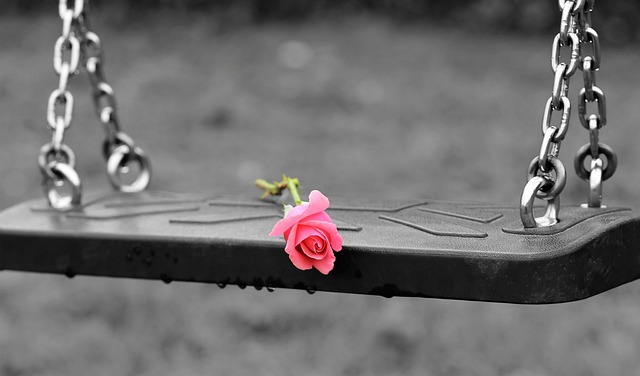
What Is Child endangerment law in California
Child Endangerment Law in California: Understanding the Legal Framework
Comparatively like other states of the USA, California has specific laws to protect children from endangerment and ensure their safety and well-being. Although, the Child endangerment laws in California aim to prevent and address instances of harm, neglect, or abuse inflicted upon children. Therefore, the article provides an overview of laws in California concerning the subject, including their scope, definitions, penalties, and key considerations.
California Penal Code Section 273a:
- The laws in California are primarily defined under Penal Code Section 273a.
- This section encompasses various behaviours and actions that may endanger a child’s health, safety, or well-being.
- All such kinds of charges include acts of physical harm, emotional abuse, or willful negligence that place a child at risk of suffering substantial injury or death.
Legal Definitions and Elements:
- California law defines child endangerment as willfully causing or permitting a child to suffer unjustifiable physical pain or mental suffering.
- The definition encompasses acts committed by parents, caregivers, or anyone responsible for a child’s welfare.
- All such kinds of charges may apply even if no actual harm occurred as long as evidence of willful conduct could reasonably result in harm.
Aggravated Child Endangerment:
- California law recognizes aggravated child endangerment, which involves circumstances that increase the severity of the offence.
- Aggravating factors may include willful harm resulting in great bodily injury or death, using a dangerous weapon, or committing the offence under the influence of drugs or alcohol.
- Aggravated child endangerment carries more severe penalties upon conviction.
Penalties and Consequences:
- Child endangerment is a wobbler offence in California, meaning it can be charged as either a misdemeanour or a felony, depending on the circumstances and the defendant’s criminal history.
- Misdemeanor child endangerment convictions can result in up to one year in county jail and/or fines.
- Felony child endangerment convictions can lead to imprisonment for two, four, or six years in state prison, along with potential fines.
- Aggravated child endangerment carries even harsher penalties, including longer prison sentences.
Reporting and Mandatory Reporting Laws:
- California has mandatory reporting laws that require certain professionals, such as teachers, healthcare providers, and law enforcement, to report suspected child abuse or endangerment to the appropriate authorities.
- Failure to report suspected child endangerment can result in criminal charges for the responsible professional.
Defences and Legal Considerations:
- Defences to such kind of charges may include lack of intent, false accusations, lack of evidence, or demonstrating that the child was not in danger.
- Consulting with an experienced criminal defence attorney is crucial to navigating the legal process, evaluating available defences, and building a strong case.
Certainly, These laws in California protect children and hold accountable those who cause harm or put children at risk. Therefore, Understanding the scope, definitions, and penalties outlined in California Penal Code Section 273a is essential for individuals responsible for the welfare of children. Even so, If facing child endangerment charges in California, seeking legal representation from a knowledgeable attorney is crucial to protect your rights and navigate the legal process effectively.

How to get a child endangerment charge dropped?
Navigating Child Endangerment Charges: Exploring Options for Resolution
Above all, Facing a child endangerment charge can be a distressing and overwhelming experience for individuals. However, it’s important to remember that legal avenues are available to address and potentially resolve such charges. This article will explore possible approaches to getting likewise. Therefore, It is crucial to note that seeking professional legal counsel is essential when dealing with any criminal charge.
Understand the Nature of the Charge:
- Familiarize yourself with the details of the child endangerment charge filed against you.
- Consult with an attorney who specializes in criminal defence and has expertise in such kinds of cases.
- Gain a comprehensive understanding of the elements required to prove the subject crime in your jurisdiction.
Gather Evidence and Build a Strong Defense:
- Work closely with your attorney to collect evidence that supports your defence against the charge.
- This may include eyewitness testimonies, character references, documented proof of your positive parenting practices, or any relevant records that contradict the allegations.
- Collaborate with your attorney to develop a strategic defence strategy based on the available evidence.
Explore Pretrial Diversion Programs:
- In certain jurisdictions, pretrial diversion programs may be available for first-time offenders or individuals facing nonviolent charges like child endangerment.
- These programs offer an opportunity to avoid trial and potential conviction by completing specific requirements, such as counselling, parenting classes, community service, or rehabilitation programs.
- Consult with your attorney to determine if you qualify for any pretrial diversion programs in your jurisdiction.
Negotiate a Plea Agreement:
- Depending on the circumstances and strength of the evidence, it may be possible to negotiate a plea agreement with the prosecution.
- This could involve reaching a mutually agreeable resolution, such as pleading guilty to a lesser offence or receiving a reduced sentence in exchange for avoiding a trial.
- Your attorney will guide you through the negotiation process and advocate for the best possible outcome on your behalf.
Contest the Charges in Court:
- If a plea agreement cannot be reached or you believe you have a strong case, you may contest the charges in court.
- Your attorney will present your defence, cross-examine witnesses, and challenge the prosecution’s evidence to establish reasonable doubt regarding this serious kind of allegation.
- Engage in open communication with your attorney throughout the trial process to ensure your defence is robust and comprehensive.
Above all, Facing such kind of charge is a serious matter that requires professional legal guidance and careful consideration of available options. While it’s important to explore strategies to get the charge dropped, each case is unique, and outcomes can vary depending on various factors. Collaborating closely with an experienced attorney and following their guidance is essential to navigate the legal process effectively and work toward a resolution that protects your rights and best interests.
